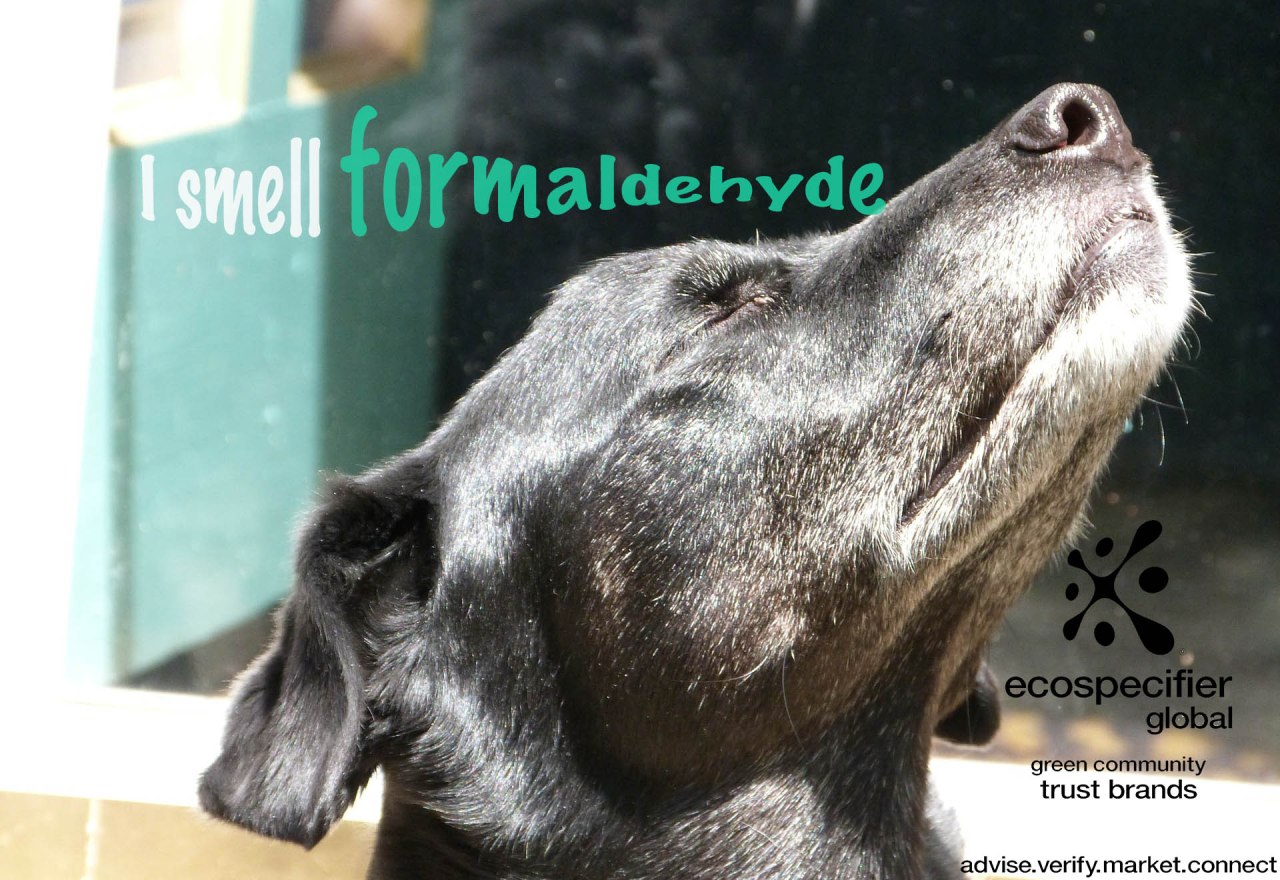Ever noticed a ‘sweet’ smell when you open your empty kitchen or bathroom cupboard? That’s formaldehyde you’re smelling. What’s that? Read on to find out how this sweet smell is poison to your family.
Many building products, particularly wood products, may contain a toxic, cancer producing chemical called formaldehyde. Formaldehyde is a colourless, flammable gas that has a very distinct smell. It is commonly used in the manufacturing of resins during the production of pressed wood products. Exposure to formaldehyde may occur through either inhalation or skin contact, but most commonly through inhalation.
Formaldehyde affects people differently, as some are more sensitive to it than others, but the most common health implications include eye, nose, throat and skin irritation, as well as asthma and allergies. In severe cases, resulting from prolonged exposure to high levels of formaldehyde a person may experience decreased body weight, gastrointestinal ulcers, liver and kidney damage and dermatitis. Prolonged exposure to high levels of formaldehyde have been shown in Europe to increase an individual’s chance of developing cancer.
Formaldehyde may be present within a range of composite and liquid products including:
| Manufacturing materials | Building materials | Timber materials |
|
|
|
Whilst low levels of formaldehyde may not result in any health impacts for some individuals, others may find that they are highly sensitive to the chemical. For those wishing to minimise the presence of formaldehyde in the building products used within the family home it is recommended that they:
- choose products from the wide range of verified and certified products on the Ecospecifier website (ecospecifier.com.au) that have all passed a detailed human and eco-toxicity analysis.
- choose products that contain phenolic-based formaldehyde resins, compared to urea formaldehyde resins, as they emit much less formaldehyde, typically rated at E0 (on a E00, E0, E1, E2 scale where E2 is the highest and should, along with unrated composite wood products, be avoided at all costs). These include plywood, panelling, particleboard and fibreboard.
- choosing higher quality exterior-grade pressed-wood building products even for internal use, as they are likely to be E0 rated (very low emission);
- ensure that rooms have efficient ventilation and low humidity levels, can be achieved through the use of air conditioning and dehumidifiers, particularly after installing a new carpet;
- minimise using products that contain formaldehyde and if possible eliminate any presence of formaldehyde.
Explore more about the product ranges that have been eco-certified and listed by Ecospecifier, by using the Product Search Engine on Ecospecifier Global: http://www.ecospecifier.com.au
Join us in more conversations about green products and sustainability issues on our social media pages:
Follow Ecospecifier on Facebook
Follow Ecospecifier on Twitter
Follow Ecospecifier on LinkedIn
Join our Social Media Honour Roll – support the switch to green products
Like, Comment and Share our blogs and posts on your social media pages … and we will send your name out to more than 15,000 subscribers via our monthly Ecospecifier Global Newsletter.
See which stellar individuals, businesses and networks made the latest Honour Roll on Twitter and Facebook HERE We salute you in helping us educate and help more people #MaketheSwitch to #EcoResponsible products.

